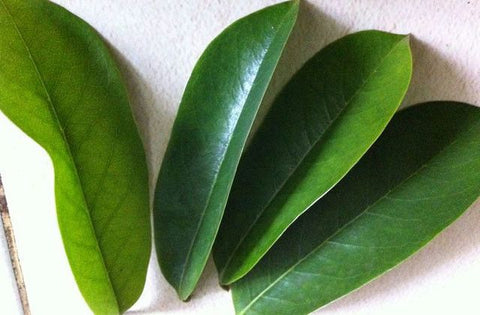
Soursop and graviola are used interchangeably to reference the same thing.
Both soursop and graviola are words that reference the tropical tree that botanists call Annona Muricata. Spanish speakers use a third word to describe it: guanabana. And Filipinos use the word guyabano.
The fruit that comes from the soursop or graviola tree is also known by the same two words. So it can get confusing.
You might say "I ate soursop". Or "I love the taste of graviola". However, it would be more precise to say: "I ate soursop fruit". Or "I love the taste of graviola fruit".
Besides soursop and graviola, Annona muricata is also known as custard apple, cherimoya, and Brazilian paw paw.
Here is more information:
What kind of tree is soursop / graviola?
An evergreen native tropical plant found in tropical regions including the Caribbean Islands, South America, Africa and equatorial Asia.
What does soursop fruit /graviola fruit look like?
A long green prickly fruit with white sub acidic pulp and large black seeds.
What do soursop leaves /graviola leaves look like?
The soursop or graviola leaves are 2 to 3 inches in size and look slightly shiny or waxy. When dried they turn a green/brown.

What is it used for?
Soursop fruit and tea are an accepted ethno-medicinal remedy for a range of ailments due to its antimicrobial, antifungal, anti–depressant properties. It also can lower blood pressure. It is selectively cytoxic (toxic to some cells, specifically tumor cells). The fruit and leaves are consumed with the cultural and folkloric belief that it has anti-cancer properties.
See also this PDF from the University Of Trinidad and Tobago
What else do scientists tell us about graviola?
This from ScienceDirect.com:
In vivo studies (lab studies) of the crude extracts and isolated compounds of A. muricata were shown to possess anxiolytic, anti-stress, anti-inflammatory, contraceptive, anti-tumoral, antiulceric, wound healing, hepato-protective, anti-icteric and hypoglycemic activities. In addition, clinical studies support the hypoglycemic activity of the ethanolic extracts of A. muricata leaves.
